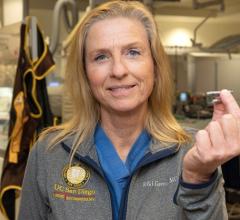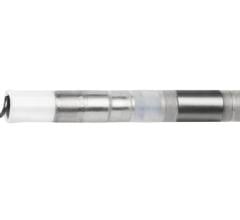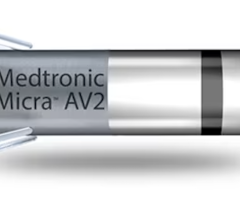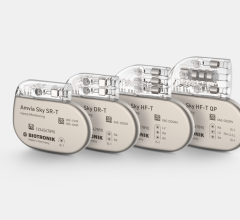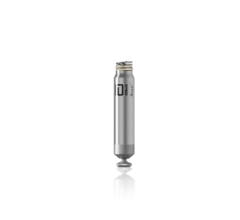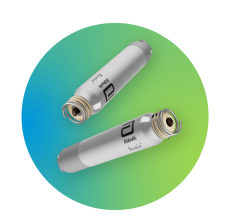
October 31, 2011 — On Oct. 18, 2011, the TICH-BIOTRONIC Pacemaker Wireless Monitoring Services Centre was co-founded in China’s Tianjin Economic-Technological Development Area (TEDA) by TEDA International Cardiovascular Hospital (TICH) of Tianjin and Biotronik (Beijing) SE & Co. KG of Germany.
This center is the first institution in China to engage the professional medical staff for the online monitoring. The center will monitor implanted pacemakers, implantable cardioverter defibrillators (ICDs) and cardiac resynchronization therapy defibrillators (CRTDs).
TICH is a major modern Triple-A specialized cardiovascular hospital integrating medical treatment, teaching, research and healthcare. In June 2009, the hospital obtained the accreditation of the American International Hospital Standard (JCI). With the complete system for clinical cardiovascular disease treatment, the overall technology level of TICH is now at the domestic advanced level.
In 2005, TICH succeeded in performing the first CRTD implantation in Tianjin for an 80-year-old patient with malignant ventricular arrhythmias combined with severe heart failure. In 2008, the volume of ICD implants in TICH ranked first among domestic hospitals.
At present, there are approximately 40,000-50,000 heart disease patients in China in need of pacing device implantation; of that number, more than 3,000 need CRTDs and ICDs. In the past, after implantation, the patients had to go to the hospital for follow-up examination every three to six months. But when problems arise, especially those without clinical symptoms, it will put the patients in serious risk if the problems cannot be solved.
The pacemakers produced by Biotronik also perform data collection and transmission and apply home monitoring, a postoperative follow-up management technology. Not only will patients have the pacemaker implantation, they will also be provided with a terminal similar to the cell phone. This will send data collected by the implanted pacemaker to the wireless monitoring service center in TICH through the GSM network. The medical staff can monitor the data and analyze the operating situation of the implanted pacing devices.
Once there is any problem, doctors at the hospital where the pacemaker is implanted can be notified; they can then follow up to minimize danger.
The new facility means patients do not need to pay frequent visits to hospitals, which should be a great relief for the non-local patients, while doctors will spend less time on house calls. Furthermore, medical resources can be allocated to the more needy patients.
In addition, the radiation of the monitoring terminal is the same as that of cell phones, entirely within safety limits. Wherever the patients go in the world, the center can always monitor them as long as there is a cell phone network; all patients need to do is keep the terminal on.
For more information: www.english.enorth.com.cn


 May 02, 2025
May 02, 2025 
